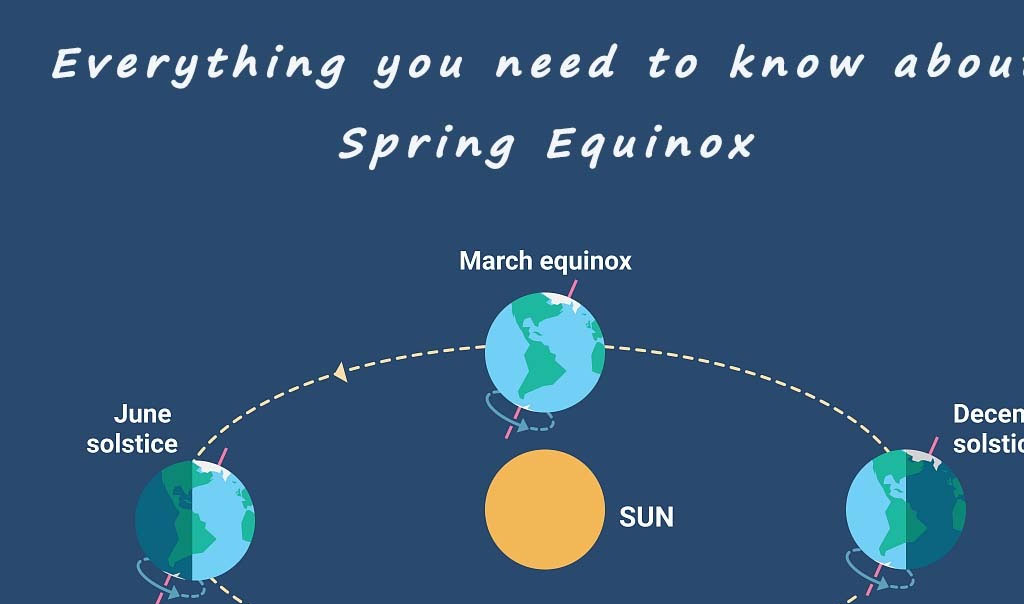
| Home | Spring | Summer | Autumn | Winter | Links |
| Location |
| Fun Facts |
When it is spring in the Nothern Hemisphere, it is autumn in the Southern Hemisphere and vice versa. At the spring (or vernal) equinox, day and nights are approximately twelve hours long, with daytime length increasing and nighttime length decreasing as the season progresses.
While spring is a result of the warmth caused by the changing orientation of the Earth's axis relative to the Sun, the weather in many parts of the world is affected by other, less predictable events. The rainfall in spring (or any season) follows trends more related to longer cycles—such as the solar cycle—or events created by ocean currents and ocean temperatures—for example, the El Niño effect and the Southern Oscillation Index.Unstable spring weather may occur more often when warm air begins to invade from lower latitudes, while cold air is still pushing from the Polar Regions.

In some cultures in the Northern Hemisphere (e.g. Germany, the United States, Canada, and the UK),the astronomical vernal equinox (varying between 19 and 21 March) is taken to mark the first day of spring, and the summer solstice (around 21 June) is taken as the first day of summer. In other traditions, the equinox is taken as mid-spring. In Persian culture the first day of spring is the first day of the first month (called Farvardin) which begins on 20 or 21 March. In the traditional Chinese calender, the "spring" seasons consists of the days between Lichun (3–5 February), taking Chunfen (20–22 March) as its midpoint, then ending at Lixia (5–7 May). Similarly, according to the Celtic tradition, which is based solely on daylight and the strength of the noon sun, spring begins in early February (near Imoolc or Candlemas) and continues until early May (Beltane). The spring season in India is culturally in the months of March and April, with an average temperature of approx 32 °C. Some people in India especially from Karnataka state celebrate their new year in spring, Ugadi.
 |